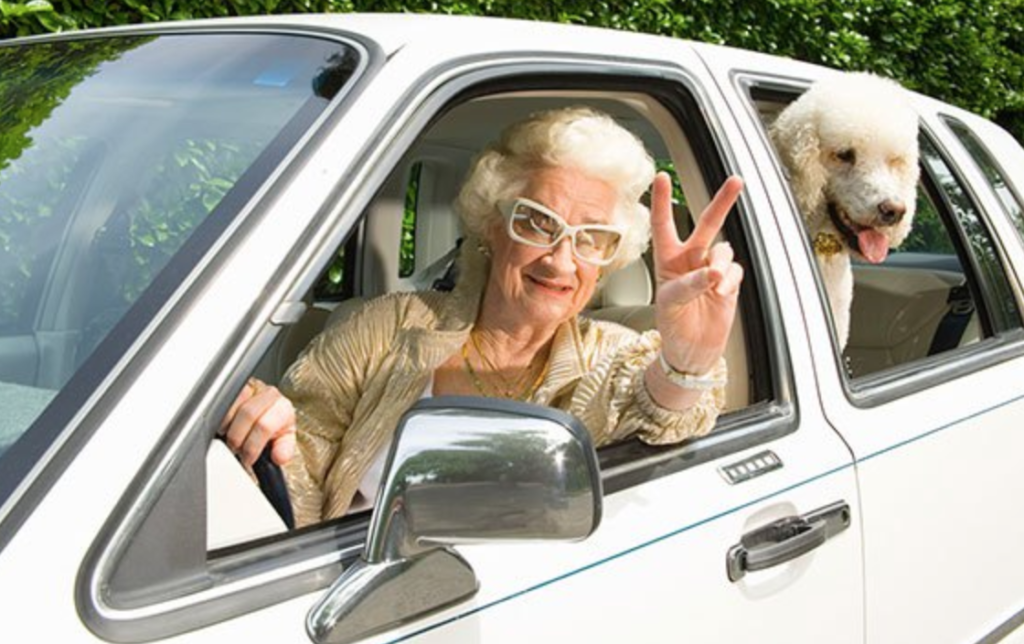
While driving helps seniors stay active and independent, the risk of being injured in motor vehicle accidents increases with age. According to statistics from the National Highway Traffic Safety Administration (NHTSA), approximately five hundred older Americans are injured every day in car accidents. In fact, seniors have a higher crash rate per mile driven compared to teenagers. This means that older drivers are more likely than younger ones to be involved in car accidents even though they spend less time on the road. A decline in cognitive function, slowed reaction times, and physical frailty are possible factors for the rise in these accidents for seniors. These can lead to mistakes like mistaking the gas pedal for the brake pedal, forgetting to indicate lane changes, and failing to notice oncoming pedestrians occur amongst the elderly. Mistakes like these have seriously endangered driving seniors, but also other drivers and pedestrians.
For these reasons, it is important for families to closely monitor their aging loved ones’ driving skills and habits. Luckily, there are alternatives to driving which can keep your aging loved ones safe and socially mobile. Non-medical transportation (NMT) refers to a Home and Community-Base Services (HCBS) waiver program provides transportation for disabled or elderly individuals who lack other means of getting to their destinations. The service is available through agencies or individual providers. To meet their needs, non-medical vans are often equipped with wheelchair lifts. Clients of non-medical transportation often require the use of medical equipment (like ventilators or power chairs), which would normally prevent them from accessing conventional transit options. In these cases, friends and family members might not possess the vehicles or vehicular adjustments necessary to transport them, but NMT vehicles are often equipped with excess storage space to house such medical equipment. Individuals have the option of riding mobility vans, wheelchair vans, and taxis.
While non-medical transportation may seem like a lavish expense, there are also plenty of options to help you pay for NMT including social welfare programs and Medicaid. Not only that, but there are also more convenient and cheaper options through rideshare services like Uber or Lyft. The wait time for a trip nearby is significantly reduced for these services and drivers are normally very helpful. For those seniors who require wheelchair, walker, or collapsible scooter accommodations, uberAssist is another service that is catered to these needs. It is also encouraging that there is no difference in charge between uberAssist and regular Uber! All that is needed is a functioning smartphone to get these apps.
While it may seem difficult to find a local driver and to file for funding opportunities, WellPath Partners has plenty of resources and experience to help you navigate your NMT options or rideshare services.
WellPath Partners is your senior resource referral guide. Follow us on ALL social media platforms and join us weekly form more content and public health discussion.
By Prithvi Chauhan
